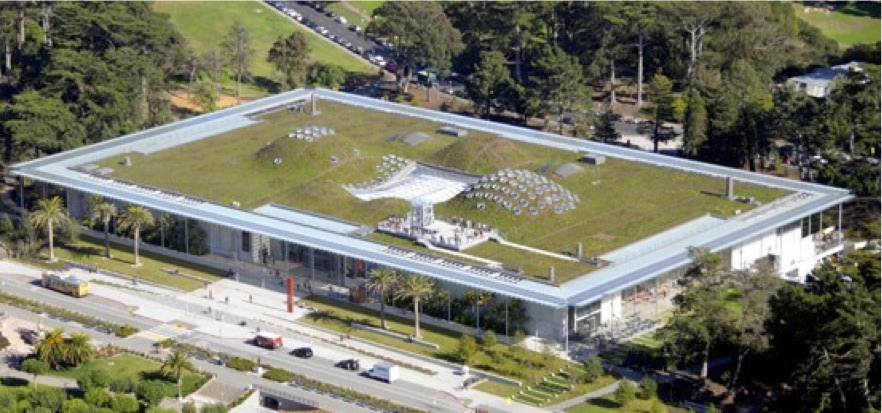Investigation of the carbon dioxide exchange over a living roof in San Francisco

Abstract
Urban surfaces have been shown to be significant sources of atmospheric CO2 up to 10 kg m-2 a-1 compared to natural ecosystems that tend to be sinks of about 0.1 to 1 kg m-2 a-1. Living roofs have the potential to help offset urban CO2 emissions through sequestration of atmospheric CO2 into the living biomass and soil, but their net ecosystem exchange (NEE) is largely unknown to date. This paper presents results from one year of eddy covariance derived CO2 fluxes over a one-hectare living roof on the California Academy of Sciences Building in San Francisco, CA. The roof CO2 fluxes corresponded closely with ecosystem functioning, producing a sink peaking at ~-0.2 mg C m-2 s-1 during daylight hours and a weak source of 0.1-0.2 mg C m-2 s-1 during the night. Monthly average daily NEE showed significant seasonal patterns, becoming a weaker daily source or net sink in spring, with daily values reaching -1.3 g C m-2d-1 in May. Like natural ecosystems, the roof was a daily CO2 sink during the growth period, but a much higher daily source during the pre-growth and dry periods (-1.1, 3.7, and 4.3 g C m-2d-1). During all months of the year, a distinct asymmetric diurnal cycle was observed, suggesting that CO2 sources from the building below may have caused the unnatural pattern. Even though the living roof was a net annual source of CO2 of 1235 g C m-2a-1, it may have had a mitigating effect and helped offset anthropogenic CO2 emissions to a certain degree.